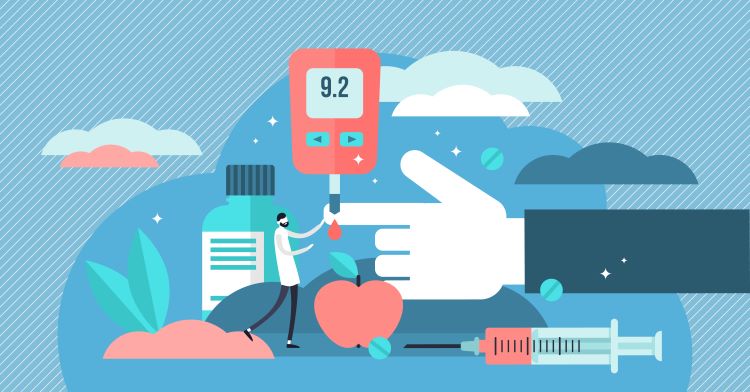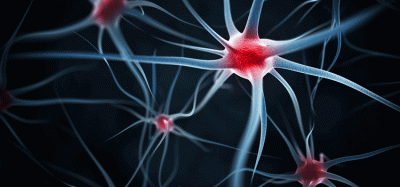EC approves Ogluo™ (glucagon) injection for the treatment of severe hypoglycaemia
Posted: 12 February 2021 | Hannah Balfour (European Pharmaceutical Review) | No comments yet
The approval makes Ogluo™ Europe’s first ready-to-use liquid glucagon for rescuing diabetic patients from severe hypoglycaemic events.


The European Commission (EC) has approved Ogluo™ (glucagon) injection for the treatment of severe hypoglycaemia in adults, adolescents and children aged 2 years and over with diabetes mellitus.
The marketing authorisation is valid in all 27 EU countries as well as Iceland, Norway and Liechtenstein. As the EC decision was received after the end of the Brexit transition period, Xeris Pharmaceuticals Inc. will have to complete a further administrative step in order to obtain a license in Great Britain. However, UK’s Medicines and Healthcare Products Regulatory Agency (MHRA) is not expected to reexamine the clinical data.
“This EU approval for Ogluo is a major milestone for Xeris and a significant advancement in the treatment of severe hypoglycaemia for the diabetes community in Europe. Hypoglycaemia is the number one side effect of insulin – and severe hypoglycaemia is the most urgent emergency any person with diabetes could face. Ogluo, the first pre-mixed auto-injector for severe hypoglycaemia, can help offset the inherent risk associated with insulin,” commented Paul Edick, Chairman and Chief Executive Officer of Xeris, a specialty pharmaceutical company developing and commercialising ready-to-use injectable and infusible drug formulations. “We are preparing to launch Ogluo later this year, while simultaneously seeking a commercialisation partner in which to broaden the availability of Ogluo to more European countries.”
The EC approval was supported by data from a Phase III, multi-centre, randomised, controlled, non-inferiority study in 132 adults with type 1 diabetes in Europe and North America. The trial evaluated the liquid stable glucagon auto-injector as a treatment for severe hypoglycaemic events compared with Novo Nordisk’s GlucaGen® HypoKit®. The results demonstrated comparable efficacy between the two groups in achieving a plasma glucose of greater than 3.89 mmol/L (>70 mg/dL) or a relative increase of 1.11 mmol/L (≥20 mg/dL) in plasma glucose concentration within 30 minutes of administration. The study also found that time to resolution of hypoglycaemia symptoms, as well as time to resolution of the overall feeling of hypoglycaemia, were comparable.
No safety or tolerability concerns were noted in the trail – the most common adverse reactions were nausea and vomiting.
“Hypoglycaemia is a neglected complication of glucose-lowering therapy in patients with diabetes mellitus. Attempts made at intensive glycaemic control invariably increases the risk of hypoglycaemia. In patients experiencing severe hypoglycaemia an increase in deaths up to six-fold has been associated to diabetes in comparison to those not experiencing severe hypoglycaemia. Patients with diabetes should be evaluated for the risk of clinically important hypoglycaemia and have access to ready-to-use glucagon,” concluded Dr Thomas Pieber, Professor of Medicine, Chair of the Division of Endocrinology and Diabetology, Department of Internal Medicine, Medical University of Graz, Austria.
Related topics
Clinical Trials, Drug Development, Drug Safety, Regulation & Legislation, Therapeutics
Related organisations
European Commission (EC), Medical University of Graz, Novo Nordisk, UK Medicines and Healthcare products Regulatory Agency (MHRA), Xeris Pharmaceuticals Inc









